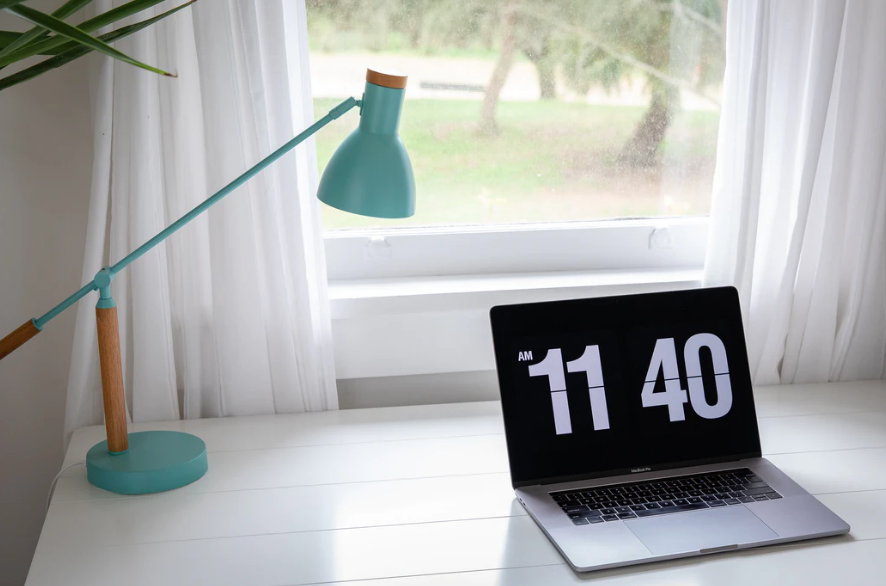Backache is one of the most common health concerns in the workplace. Experiencing backache can have a negative impact on both a person’s physical and mental health. Any number of factors within the work environment can contribute to causing back pain, including repetition, duration, vibration, force, temperature and inactivity. Although, it is important to keep in mind that back pain can also be caused by ageing and poor physical health.
Outside of the workplace a good practice to avoid developing back pain is to maintain a healthy diet and exercise regularly, swimming and walking are recommended for stretching your back muscles and tai chi and yoga are good for core strengthening and developing balance.

Within your place of work, pay attention to your posture. If you are standing, balance your weight evenly between both feet and try not to slouch. If you are sitting for any length of time it is important to have a chair that supports your spine. Ideally a chair should be adjustable to a person’s specific requirements. The height should be adjusted so that feet can rest flat on the floor.
Lift with care. If you are lifting directly off the ground, always be sure to bend your knees and not to twist. If lifting a heavy object, lift with your legs and tighten your core muscles. If an object is very heavy, ask a colleague to help. Hold the object close to your body whilst carrying.
Avoid continuous repetitive tasks. Alternate your daily tasks, even if this includes sitting for periods of time. Repetitiveness can lead to muscle strain.
Employers have a legal responsibility to protect an employee’s health and safety within the workplace. A risk assessment should be undertaken for manual handling tasks that may pose a risk of injury, and for job roles that are mainly undertaken behind desks a DSE (Display Screen Equipment) assessment should be carried out.
Advice for undertaking risk assessments
- look for risks / hazards
- determine who might be at risk
- evaluate risks and determine if adequate precautionary measures are in place
- record and share findings with employees
- regularly review measures
For further advice on how to undertake a risk assessment visit the HSE risk assessment document. For information about DSE assessments visit the HSE’s DSE workstation checklist.
For employees returning to work after having been off work due to experiencing back pain, it can be beneficial to arrange a consultation for that an employee with an occupational health specialist.









